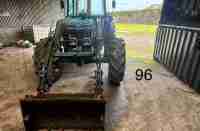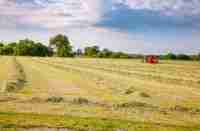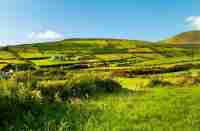Top speakers will be present on July 24
Now is the time of year that a farmer may consider autumn reseeding. Many silage and grazing swards now contain high levels of weed grasses. These grasses are not only lower yielding than perennial rye-grass, but they also produce lower quality silage and grazing grass. In this article we will look at the minimum tillage technique of introducing a new grass seed. This technique is a less expensive method than the conventional method of ploughing to introduce a reseed.
Before reseeding it is important to determine the soil fertility. A soil sample can be taken to your local Teagasc Office that will determine this. For the successful establishment of reseeds, soil fertility must be good. Aim for a soil pH of 6.3 – 6.5, and phosphate and potash indexes of 3. Therefore, always carry out soil analysis before reseeding. Minimum tillage reseeding involves: Spraying off the old pasture; Two runs of a power harrow to produce a fine and firm seedbed to preserve as much soil moisture as possible; Reseeding and light rolling thus ensuring good seed to soil contact; Fertiliser application to ensure optimal soil P and K indexes are present.
The management of the reseed is vitally important. All benefits of a reseed can be lost afterwards due to poor soil fertility, poor grassland management (e.g. poaching) and weed infestation hence a post emergence spray is necessary to control weeds. It is important to remember that a new reseed must be properly fertilised and tightly grazed to maintain it productivity in future years.
A reseeding demonstration regarding minimum tillage techniques will take place on the farm of John Curley, Carntleva, Four Roads on Friday the 24th of July at 11 am. Three different minimum tillage reseeding methods will be on display with speakers available to answer any of your queries. This demonstration is also a STAP qualifying event for those in sheep discussion groups.






